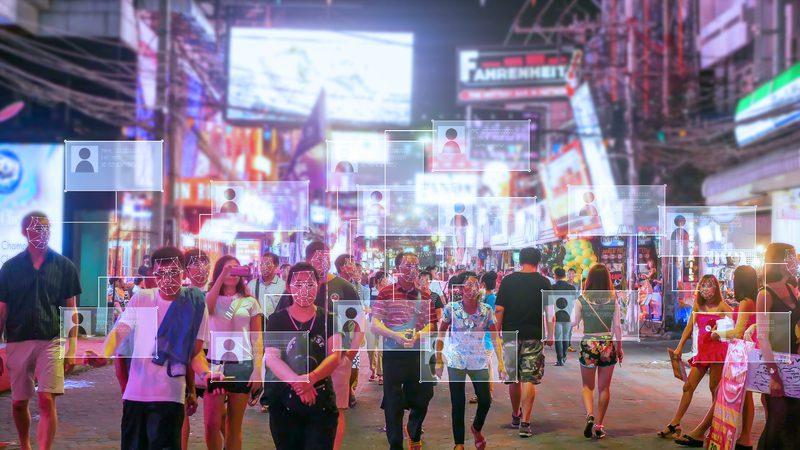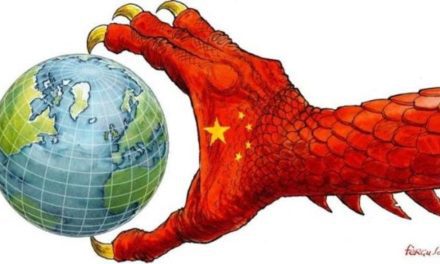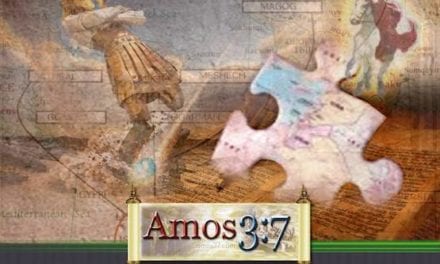(by Dahlia Peterson | Brookings Institute) – Across the Chinese government’s surveillance apparatus, its many arms are busy collecting huge volumes of data. Video surveillance footage, WeChat accounts, e-commerce data, medical history, and hotel records: It’s all fair game for the government’s surveillance regime. Yet, taken individually, each of these data streams don’t tell authorities very much. That’s why the Chinese government has embarked on a massive project of data fusion, which merges disparate datasets to produce data-driven analysis. This is how Chinese surveillance systems achieve what authorities call “visualization” (可视化) and “police informatization” (警务信息化). While policymakers around the world […]
How China Harnesses Data Fusion to Make Sense of Surveillance Data


















